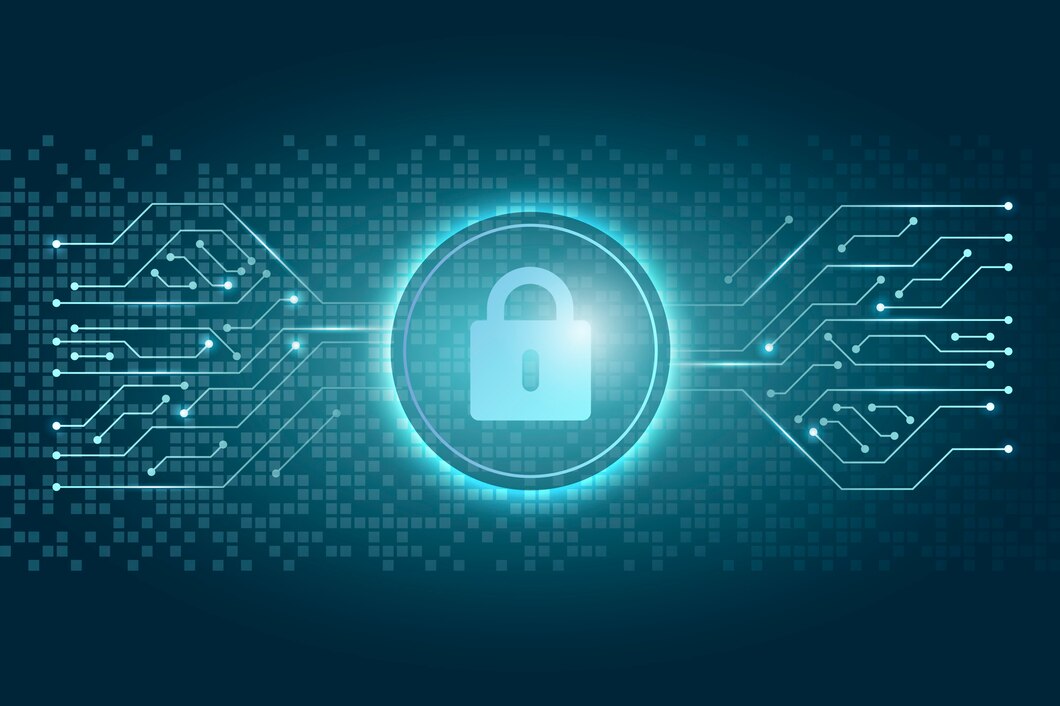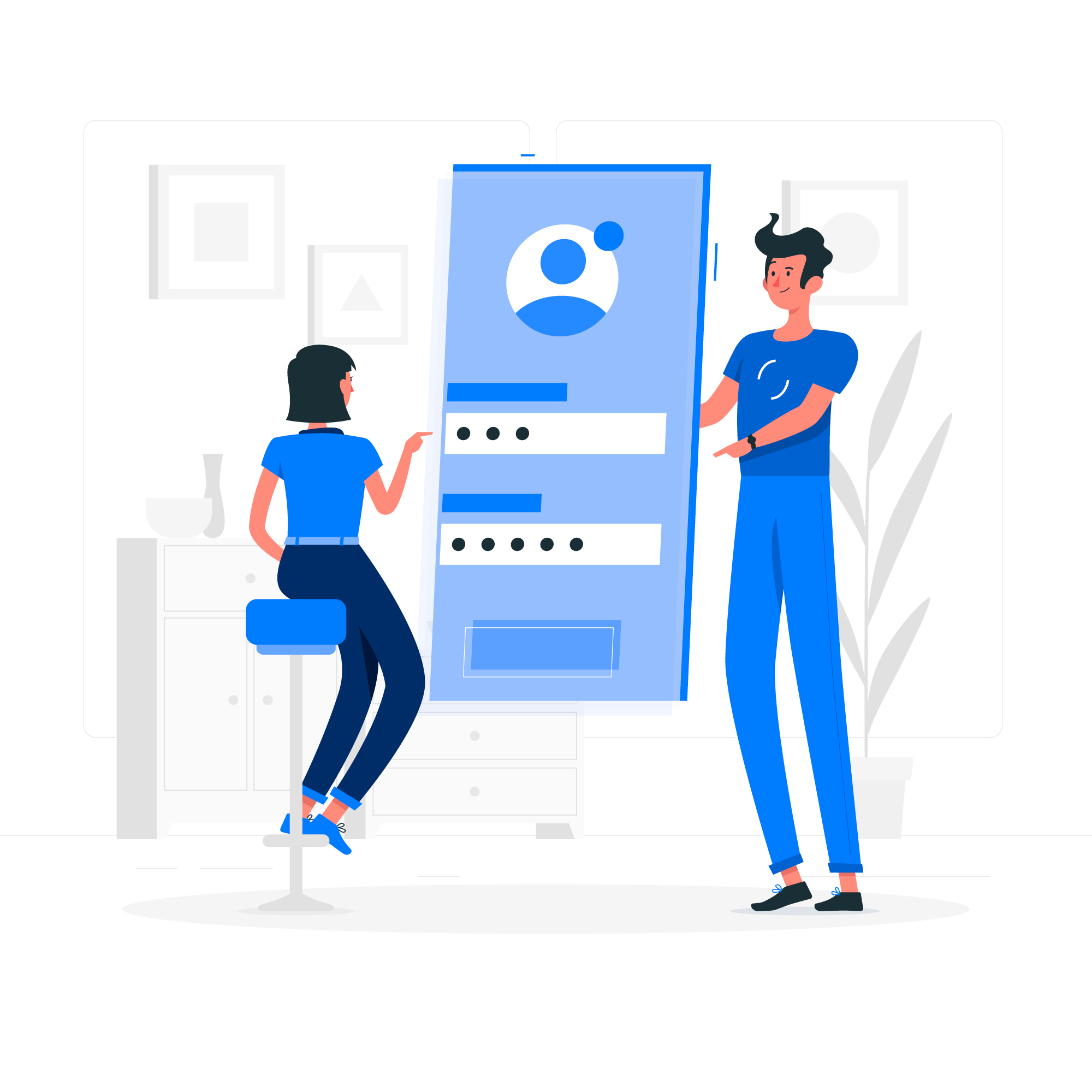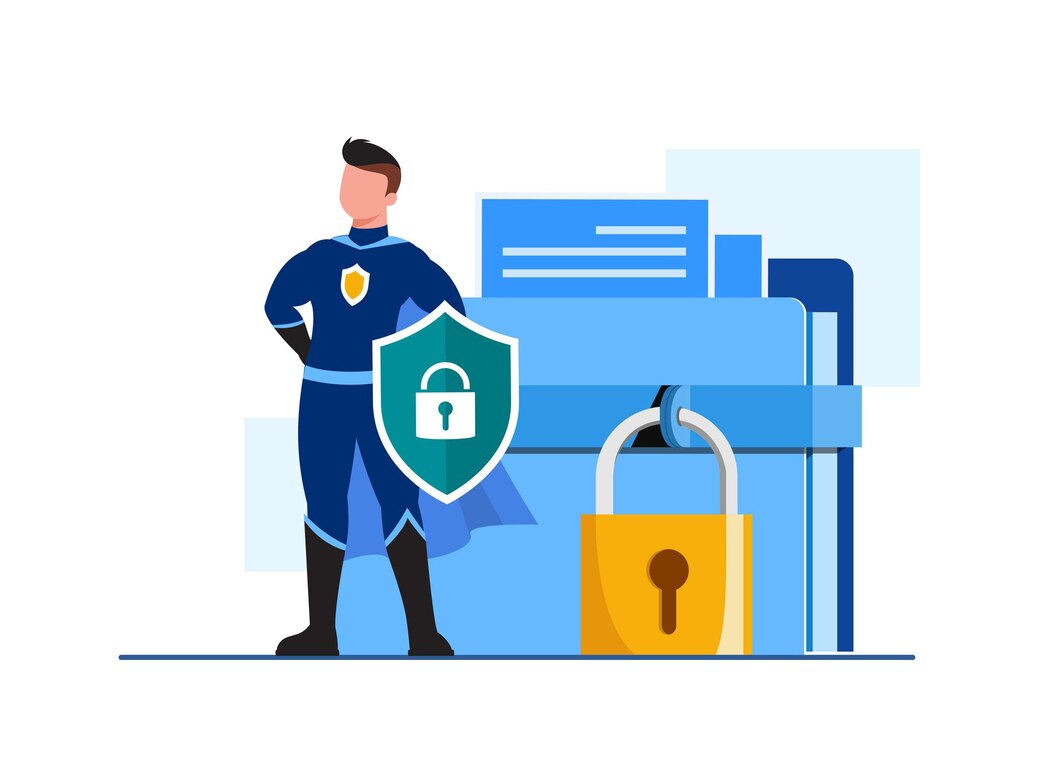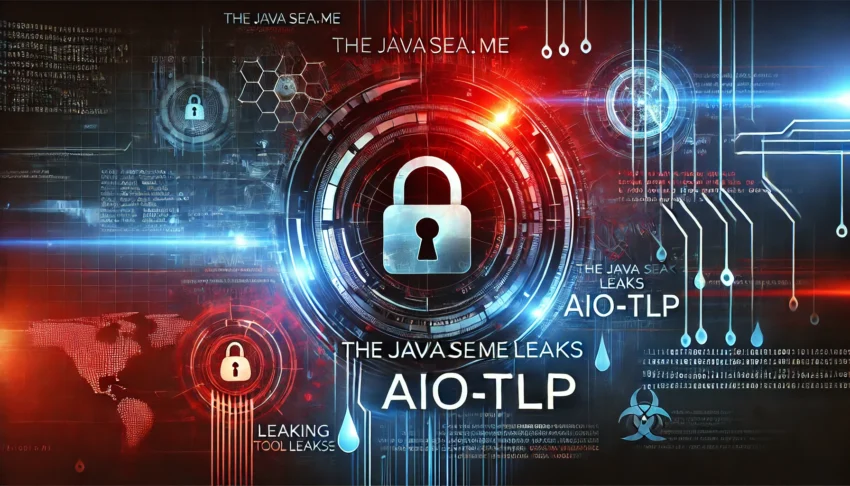Table of Contents
Introduction: Understanding the TheJavaSea.me Leaks
In today’s hyper-connected digital world, data breaches, leaks, and hacks have become almost routine. What was once considered a rare event is now increasingly common, and the consequences can be devastating. One of the latest breaches that has caught the attention of the online security community involves TheJavaSea.me, a platform known for hosting various tech tools and software. The leak in question revolves around AIO-TLP (All-In-One Tools Login Panel), a tool that is both controversial and powerful in the wrong hands.
For tech enthusiasts, digital privacy advocates, and cybersecurity professionals, this leak is a red flag, not just for those directly involved, but for anyone who participates in online forums and communities that share or distribute hacking tools, security exploits, and similar content. In this article, we will dive deep into what TheJavaSea.me is, what AIO-TLP entails, and how these leaks affect the broader tech and cybersecurity landscape. We will also provide actionable tips to safeguard your data and online security, ensuring that you remain safe in the wake of such breaches.

What Is TheJavaSea.me?
At its core, TheJavaSea.me is an online platform known for providing software tools, forum discussions, and resources related to tech, digital privacy, and often controversial subcultures within the hacking and cybersecurity world. Users on this platform typically share insights, hacks, tools, and discussions related to bypassing digital security measures. However, despite its niche popularity, the website and its community are often under scrutiny due to the sensitive nature of its content.
The platform is known for hosting discussions and software linked to ethical hacking, penetration testing, and occasionally, grey or black-hat activities. This, in itself, makes it a target for both digital enthusiasts who wish to learn and individuals with malicious intent. While some users may use TheJavaSea.me for legitimate purposes such as ethical hacking or research, others may exploit these tools for harmful activities, making it a risky environment.
Because of its controversial nature, platforms like TheJavaSea.me are also vulnerable to cyberattacks, data breaches, and leaks. These leaks can often expose sensitive data, personal information, and hacking tools to the wider internet community, often with disastrous results.

What Is AIO-TLP?
AIO-TLP, which stands for All-In-One Tools Login Panel, is a type of tool used primarily for accessing various online systems and platforms via a single interface. While this may sound innocuous, the reality is that AIO-TLP has become a go-to tool for hackers, phishers, and those involved in illegal activities. It simplifies the process of logging into multiple services—whether legitimate or illicit—using a unified panel. This functionality makes it a particularly attractive tool for individuals involved in unauthorized activities.
While the tool itself can have legitimate uses in penetration testing and system security audits (for example, in a controlled environment), its misuse by malicious actors makes it particularly dangerous. These tools can be configured to perform credential stuffing attacks, brute-force entry into systems, or facilitate data breaches. Essentially, anyone with access to AIO-TLP could theoretically compromise various accounts or systems that they shouldn’t have access to, making the leak of such a tool a significant security risk.
In addition to its technical aspects, AIO-TLP is not just a tool for bypassing logins; it can also serve as a way to gain entry to large-scale data sets, such as databases, social media accounts, and financial platforms. With these capabilities, it becomes clear why AIO-TLP has the potential to be a cybersecurity nightmare when in the hands of criminals.
The Leak and Its Implications
The leak from TheJavaSea.me is a significant event that sheds light on the vulnerabilities of platforms and communities that host or share hacking tools and sensitive data. When AIO-TLP was leaked, it was essentially handed over to a broader audience, including hackers, cybercriminals, and individuals with malicious intentions. This not only jeopardized the security of users directly involved with TheJavaSea.me but also had the potential to impact anyone who had previously interacted with or used tools from the platform.
One of the primary concerns with the AIO-TLP leak is that it makes the tool accessible to individuals who may not have the technical expertise to use it effectively. For example, even novice hackers or people with little knowledge of digital security can use AIO-TLP to conduct cyberattacks, thanks to the tool’s intuitive interface. This democratization of dangerous hacking tools increases the likelihood of data breaches, identity theft, and financial loss on a much larger scale.
The implications extend beyond just those who use AIO-TLP for malicious purposes. Since these types of leaks involve sensitive data and security tools, organizations and individuals who might not have even been aware of TheJavaSea.me or AIO-TLP are still at risk. For example, if an attacker uses AIO-TLP to gain unauthorized access to an organization’s internal systems, this could lead to the exposure of client data, intellectual property, or financial information. Worse still, such breaches could be used as stepping stones for larger, more damaging attacks on corporate infrastructures or government agencies.
How Does the Leak Affect You?
Whether you are an average internet user or a seasoned cybersecurity expert, the implications of the TheJavaSea.me leak involving AIO-TLP can potentially affect you. Even if you do not personally use TheJavaSea.me or similar forums, the very nature of such leaks means that tools like AIO-TLP could be used in a variety of malicious ways that may indirectly involve you or your personal data.
- Exposure of Personal Data: While the leak directly affected those using TheJavaSea.me, there’s a high likelihood that personal data, including usernames, passwords, and even sensitive financial information, was compromised during the leak. Even if you’re not a user of the platform, similar breaches can occur on other forums, putting your data at risk.
- Increased Cyber Attacks: The leaked tool, AIO-TLP, enables cybercriminals to conduct more efficient and widespread attacks. Credential stuffing, brute-force logins, and hacking of social media accounts have all become more common as a result of leaked tools like AIO-TLP. You might be unaware that your accounts are being targeted by individuals using these tools, which could lead to unexpected disruptions in your online life.
- Legal Risks: In some jurisdictions, simply downloading, using, or even possessing hacking tools like AIO-TLP could be considered illegal. Therefore, those who inadvertently find themselves in possession of the leaked files might face legal consequences. Additionally, certain jurisdictions are clamping down on platforms that host illegal content, which could make accessing sites like TheJavaSea.me risky for users.

How to Protect Yourself from Leaks
Now that we’ve covered the risks posed by AIO-TLP and similar tools, let’s talk about practical ways you can protect yourself from such threats. Implementing the following cybersecurity practices can significantly reduce your chances of falling victim to hacking attempts, identity theft, and other forms of cybercrime:
- Stay Informed: It’s essential to stay up-to-date with the latest cybersecurity news, including data breaches, vulnerabilities, and other events like the TheJavaSea.me leak. By staying informed, you’ll be better prepared to react quickly if your personal data is ever compromised.
- Strengthen Your Passwords: Using strong, unique passwords for each of your online accounts is one of the simplest yet most effective ways to protect yourself. Avoid reusing passwords across multiple platforms, as this makes it easier for hackers to gain access to several of your accounts at once. Consider using a password manager to securely store and generate complex passwords.
- Enable Two-Factor Authentication (2FA): For any account that supports it, enable two-factor authentication (2FA). This adds an additional layer of protection by requiring you to verify your identity via an alternative method (like a code sent to your phone) in addition to your password. Even if a hacker manages to steal your password, 2FA significantly reduces the likelihood of unauthorized access.
- Use VPNs and Proxy Servers: When browsing the internet, especially on public or unsecured networks, consider using a virtual private network (VPN). A VPN encrypts your internet traffic and protects your data from prying eyes. Proxy servers can also help obscure your location and online activities, making it more difficult for attackers to target you.
- Monitor Your Accounts: Regularly check your bank accounts, credit reports, and social media for any suspicious activities. Many financial institutions and services offer alerts for unusual transactions or login attempts, which can help you detect breaches early.
- Report Suspicious Activity: If you believe your data has been compromised, take immediate action. Contact the relevant authorities, report it to your service providers, and take necessary steps to lock down your accounts. The sooner you act, the lower the potential damage.
Read more: Pedro Vaz Paulo: The Visionary Entrepreneur and Thought Leader
Conclusion: Protect Yourself from Digital Threats
In conclusion, the recent leaks from TheJavaSea.me involving AIO-TLP serve as a stark reminder of the importance of cybersecurity. The digital world can be a dangerous place, and as hacking tools become more accessible, the risks grow exponentially. Whether you’re someone using tools like AIO-TLP for legitimate purposes or simply an internet user hoping to avoid becoming a target, staying informed and proactive is the best defense.
By following the safety tips in this articleusing strong passwords, enabling 2FA, and staying vigilant you can significantly reduce your chances of falling victim to a data breach or hacking attempt. As we move further into 2025, remember that security is not just a one-time fix but an ongoing process that requires attention and diligence. Stay safe, stay informed, and always prioritize your digital privacy.
